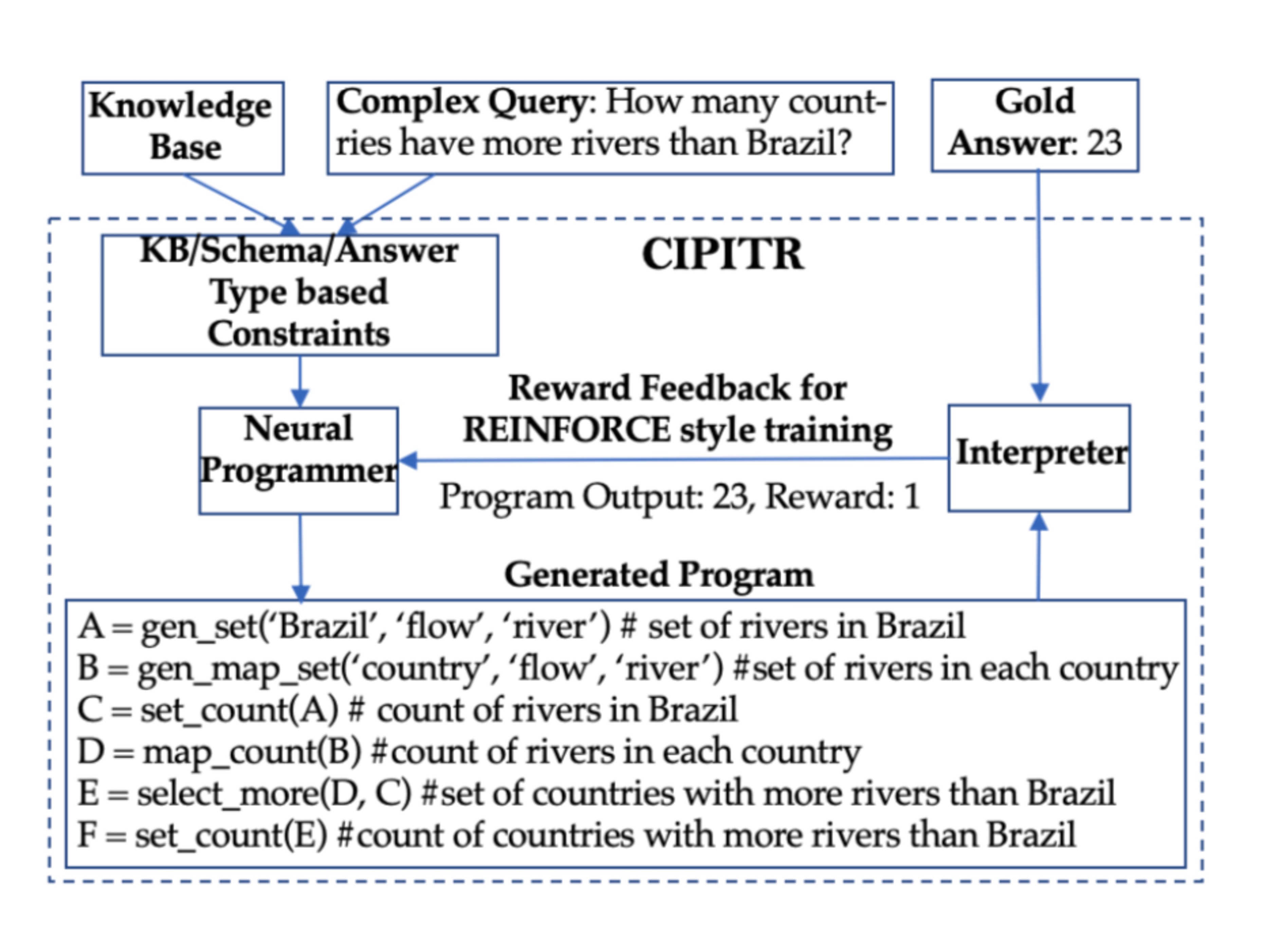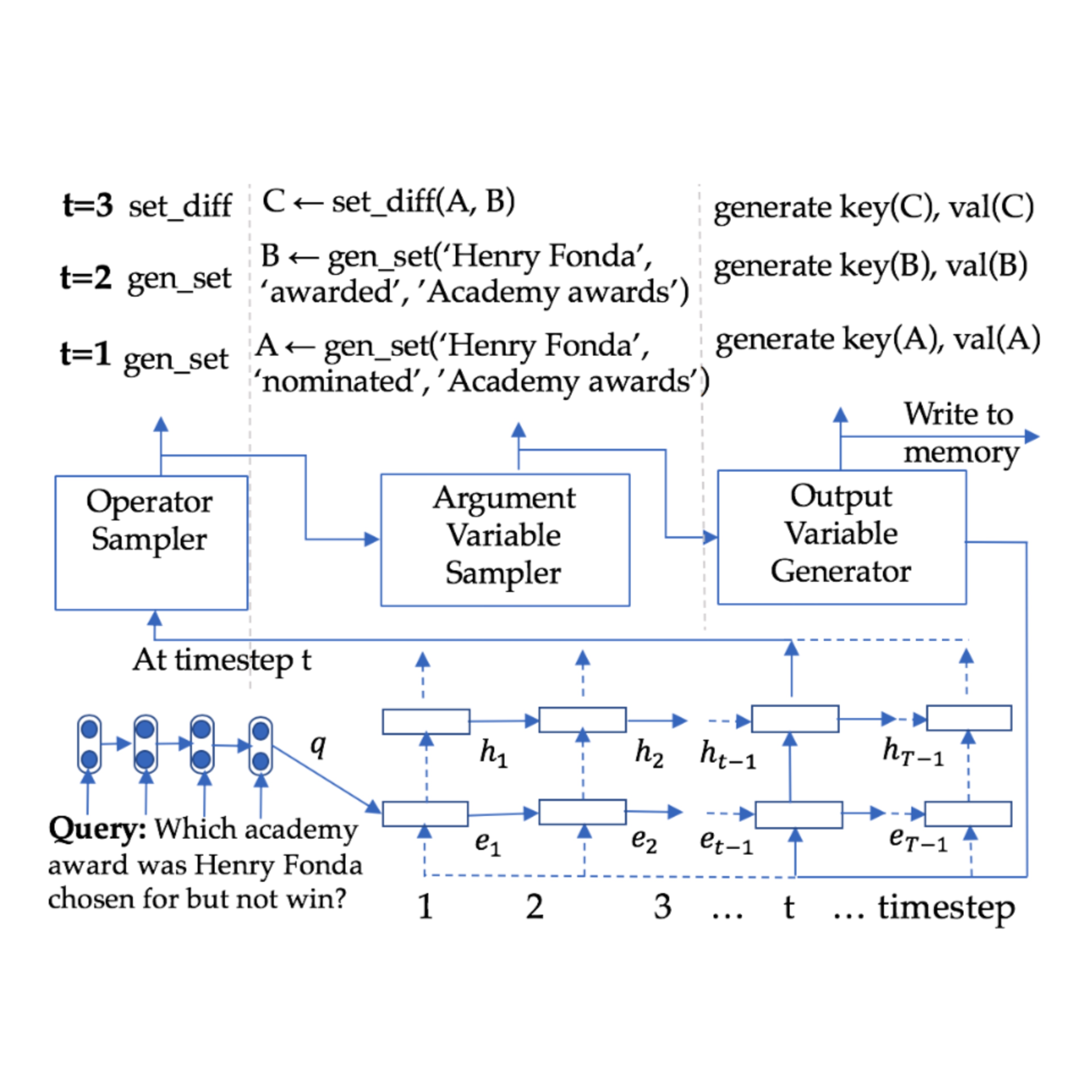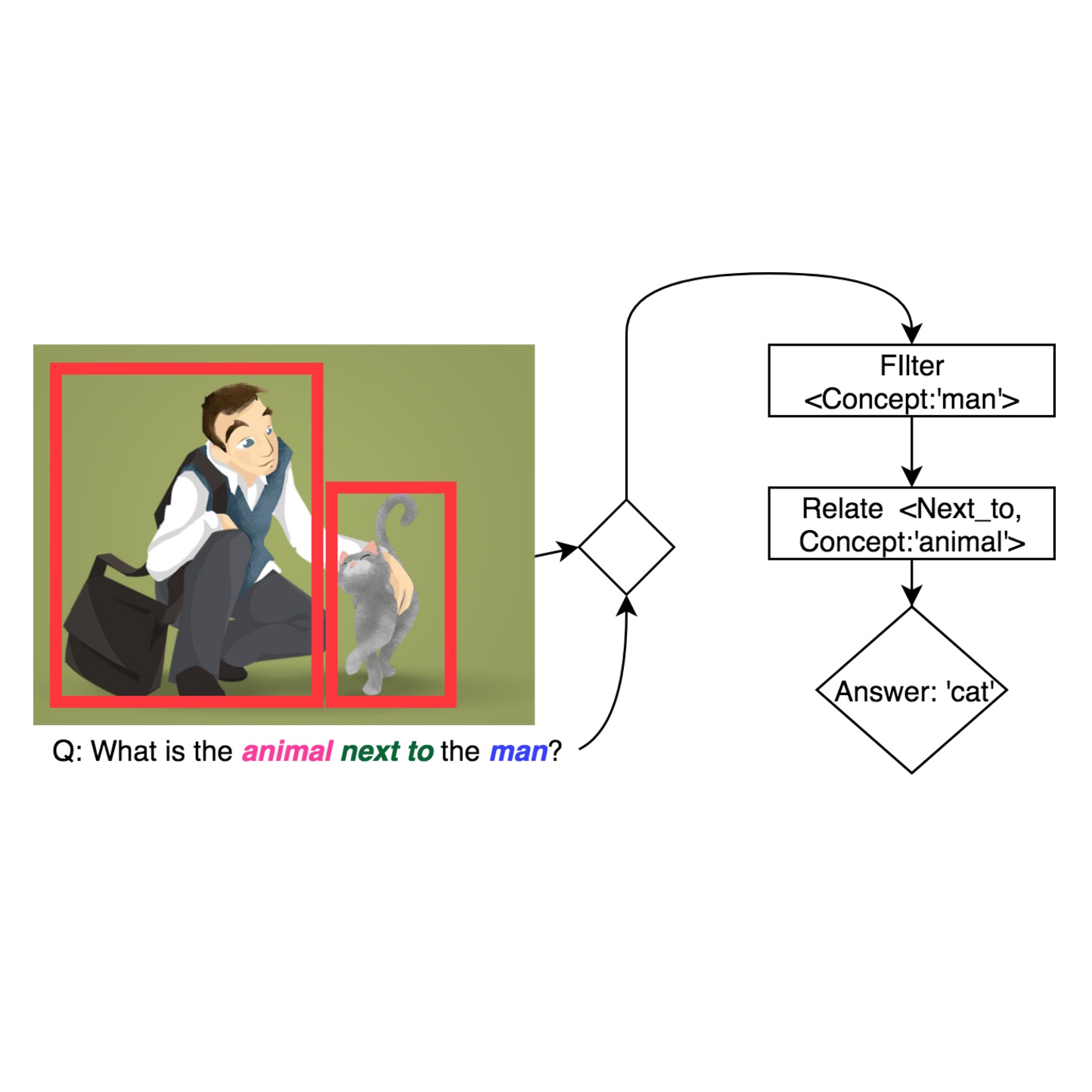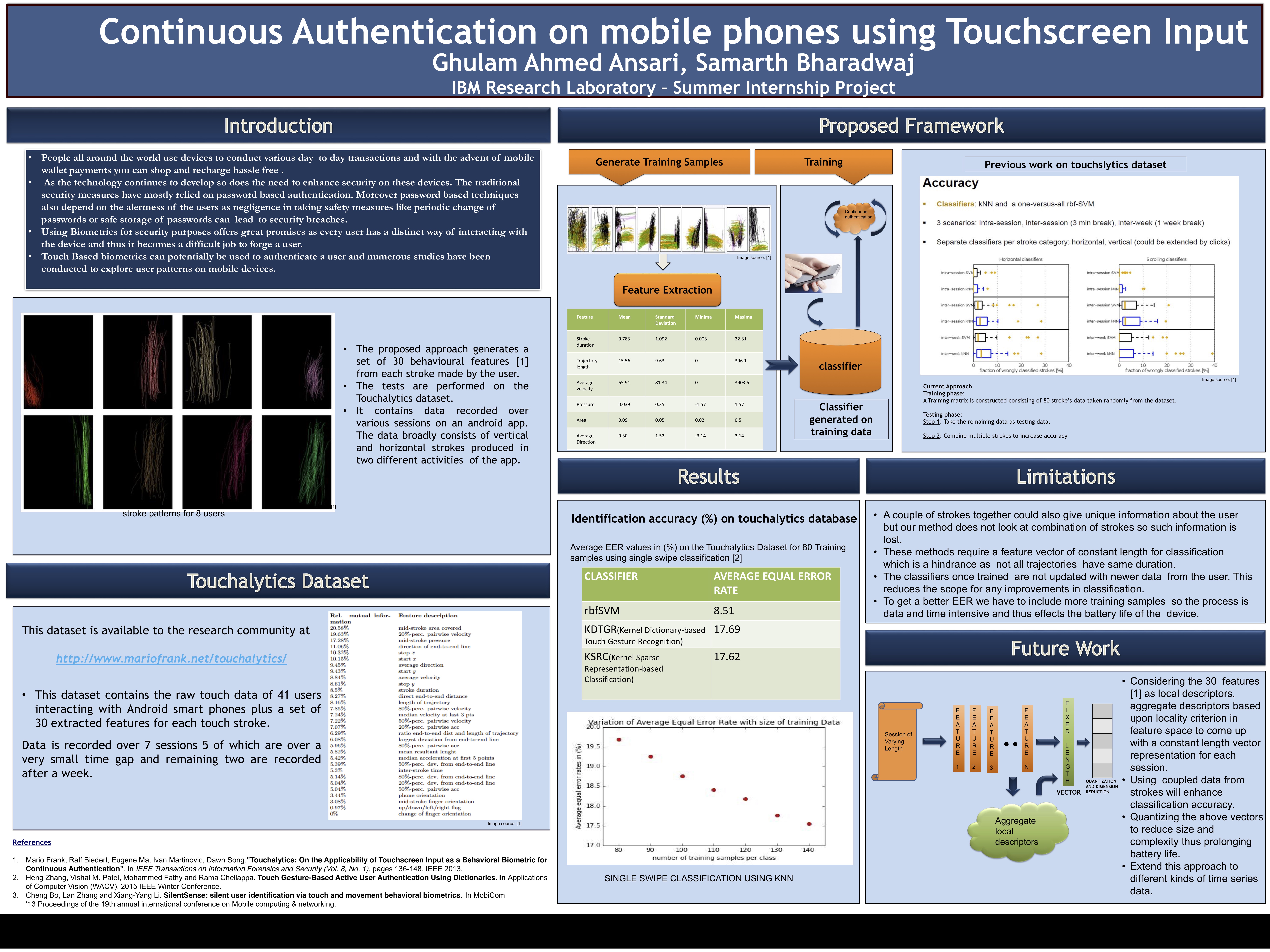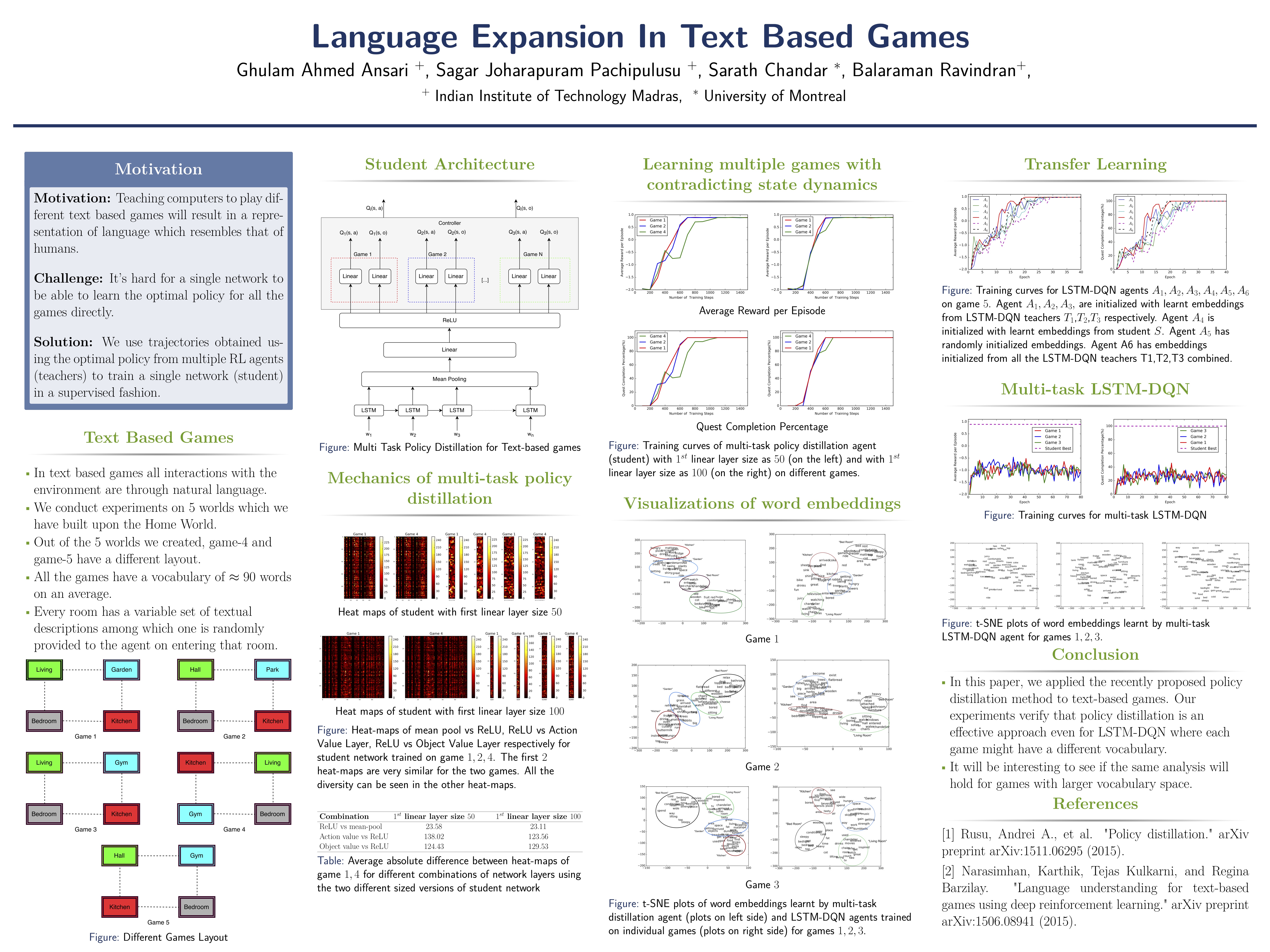About Me

I am a Staff Software Engineer - AI at LinkedIn, where I lead teams focused on improving topical relevance and user engagement. My work on the Topicality L1 initiative has driven measurable impact, including a +0.09% increase in Feed Sessions and a +74.13% Topicality Viral Action Rate. Previously, as a Senior Software Engineer, I designed and implemented a scalable Off-Policy Evaluation (OPE) framework, improving offline-online metric consistency by over 600% and led the Gold Content Explore-Exploit initiative, increasing Daily Unique Gold Professional Interactions by 5.6%.
Before LinkedIn, I was part of the founding Misinformation Detection Team at LinkedIn Bangalore, developing AI-driven solutions for early misinformation detection. Prior to that, I worked as a Research Scientist at IBM Research Labs, focusing on deep reinforcement learning for knowledge-based question answering (KBQA). My research spans Neuro-Symbolic Methods, Multi-Agent Learning, and Large-Scale Recommender Systems, with publications in NeurIPS, IJCAI, ACL, and TACL.
I am passionate about bridging research and industry to build impactful AI systems, particularly in recommender systems, off-policy evaluation, deep reinforcement learning, and scalable machine learning infrastructure. I actively contribute to the research community through peer reviews for top-tier conferences and am always open to discussions on advancing AI-driven personalization and decision-making systems.
